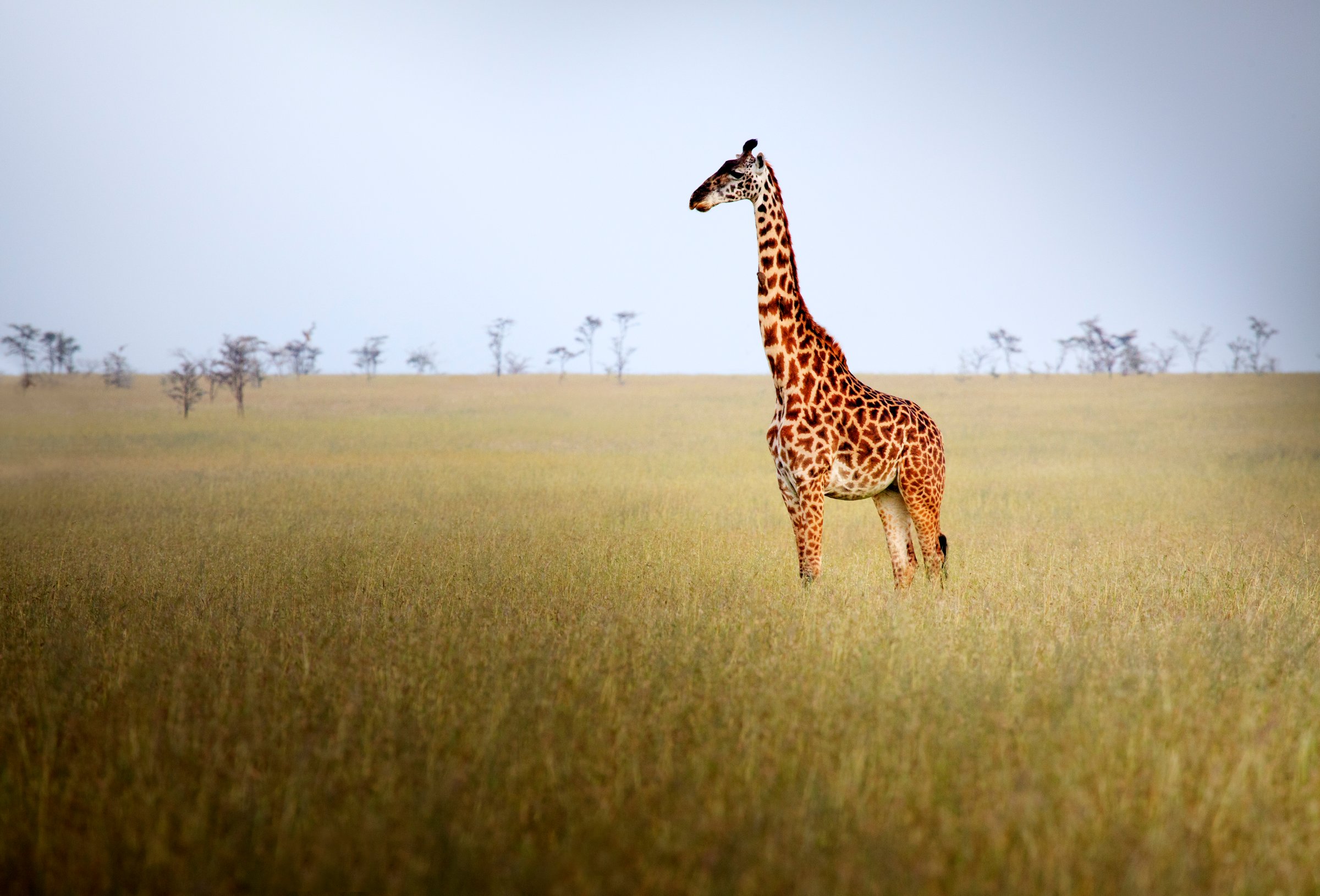
A difference of as few as 70 genes led giraffes to distinguish themselves from their closest relative by their long necks, according to new research.
Researchers behind the study, published in the journal Nature Communications, sequenced the genomes of two giraffes and one okapi—the giraffe’s closest relative. The development of the long neck likely comes as a result of genetic changes to proteins that control growth and others that control the body and limb development.
These genes also control how the cardiovascular system develops, which further helps explain how giraffes are able to pump blood around the body given their height.
Read More: See Photos of Endangered Species from the 1960s
The research could help further conservation efforts to protect the animal, researchers said. The giraffe population has declined by 40% over the past 15 years, according to a press release.
More Must-Reads from TIME
- Donald Trump Is TIME's 2024 Person of the Year
- Why We Chose Trump as Person of the Year
- Is Intermittent Fasting Good or Bad for You?
- The 100 Must-Read Books of 2024
- The 20 Best Christmas TV Episodes
- Column: If Optimism Feels Ridiculous Now, Try Hope
- The Future of Climate Action Is Trade Policy
- Merle Bombardieri Is Helping People Make the Baby Decision
Write to Justin Worland at justin.worland@time.com